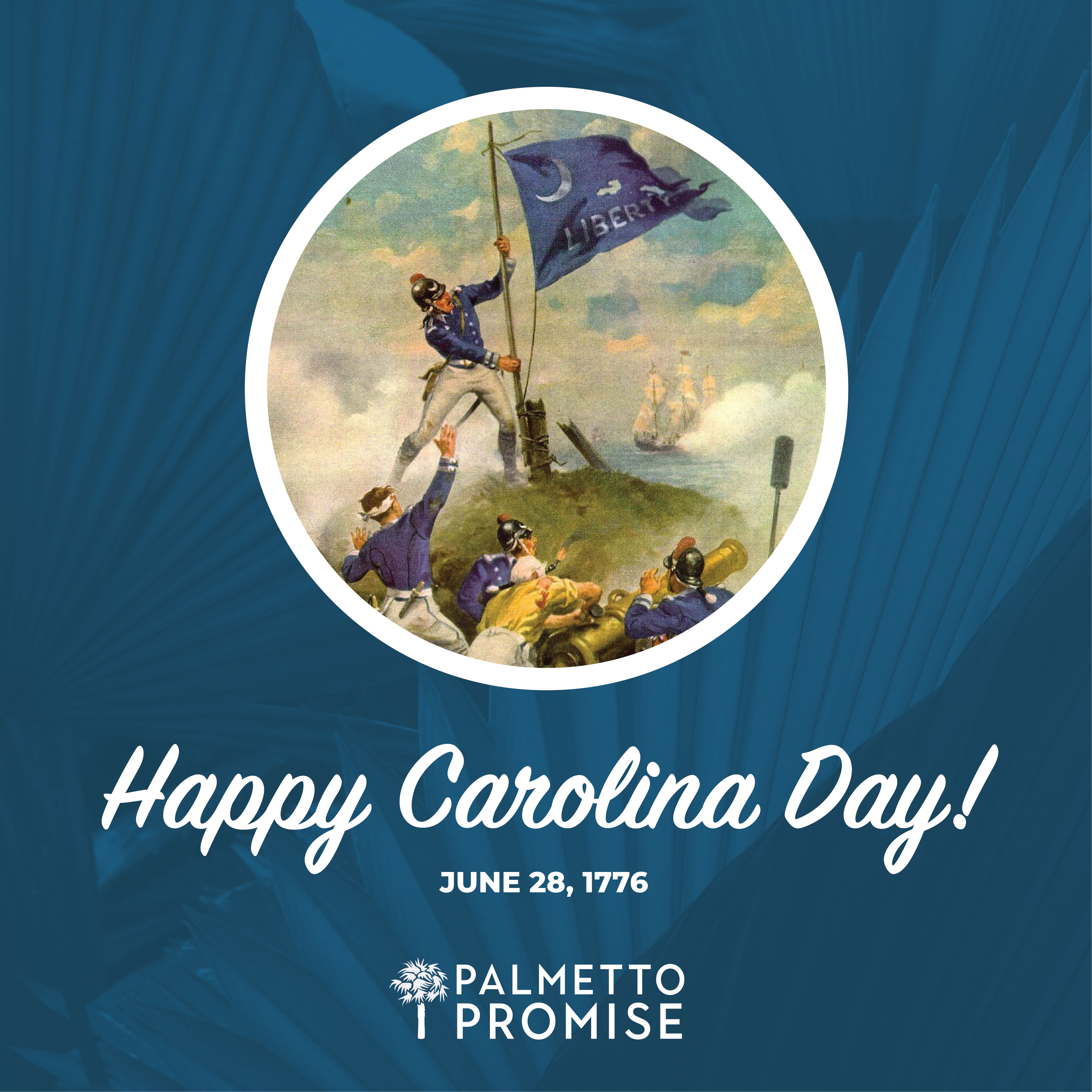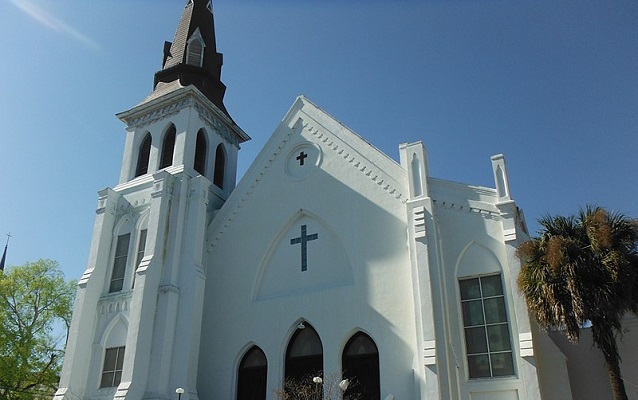On the First Day of Christmas…

Adam Crain
Ahh, Christmas! It’s that time of year again: fresh Fraser firs, red-ribbon adorned wreaths, old-fashioned fruitcake, beautifully wrapped packages and memorable carols. In fact, one of these catchy Christmas tunes serves as a Christmas wish list and economics lesson all in one!
“The Twelve Days of Christmas” is one of the most recognizable Christmas carols, but have you ever wondered what it would cost for you to buy twelve drummers drumming, eleven pipers piping, ten lords a-leaping, nine ladies dancing, eight maids a-milking, seven swans a-swimming, six geese a-laying, five golden rings, four calling birds, three French hens, two turtle doves…and of course, the famous partridge in a pear tree?
According to PNC Bank, it will set you back a cool $34,363.49. And if you bought all the gifts as many times as the countdown is repeated in the song, you would have spent $156,507.88 for 364 gifts.[I]
PNC Bank has been calculating the cost of the items listed in the song for more than 30 years, and it is a fun way to use the Consumer Price index to get a picture of the health of the U.S. economy.
The Consumer Price Index measures the rate of change in the prices of a certain set of goods. The reports that the Bureau of Labor Statistics release every month are broken down by sector, and the changes in prices overall helps instruct the nation’s monetary policy and warns of inflation, hyperinflation, or deflation.
So what does this tongue-in-cheek Christmas Price Index reveal?
The total price of your sleigh of gifts will cost you .7% more this year than last year. That works out to being $232.50 more costly in 2016 than it was in 2015.[ii] As a benchmark, the US government aims for around 2% inflation. The rise in costs actually mirror the rise in the national consumer price index and represents a growing—albeit ever so slowly—economy.
We still have work to do to ensure wages begin to rise again as well, but with the incoming Trump administration and a tax committee hard at work in South Carolina, there are reasons to be optimistic.
Nonetheless, you should shop quickly! Last week’s confirmation by the Federal Reserve that interest rates will tick up again means they sense a growing economy and believe financial institutions can afford to spend more to loan money to each other.
On an individual level, you may well see the interest rates associated with your credit cards, auto loans, and home loans creep up to offset the costs to the financial institutions. That’s something to consider when you’re filling the family room with gifts.
Who knew that the twelve days of Christmas could be turned into an Economics 101 lesson?
So, Merry Christmas from the Palmetto Promise Institute! And if you do splurge for ten lords a-leaping, please do reach out. We’d love to see the pictures, because that would be a sight to behold!
[i] Melcher, Tom, Rebekah McCahan, and Bill Stone. “The 2016 PNC Christmas Price Index.” PNC Bank. Web. 19 Dec. 2016.
[ii] ibid.




